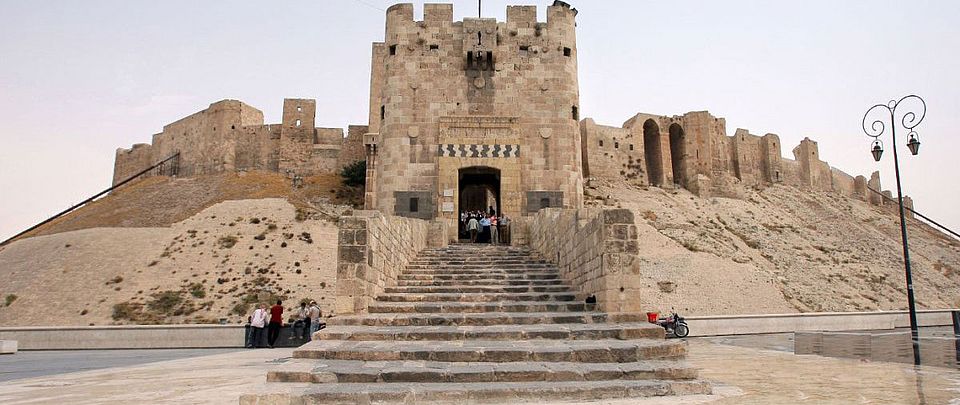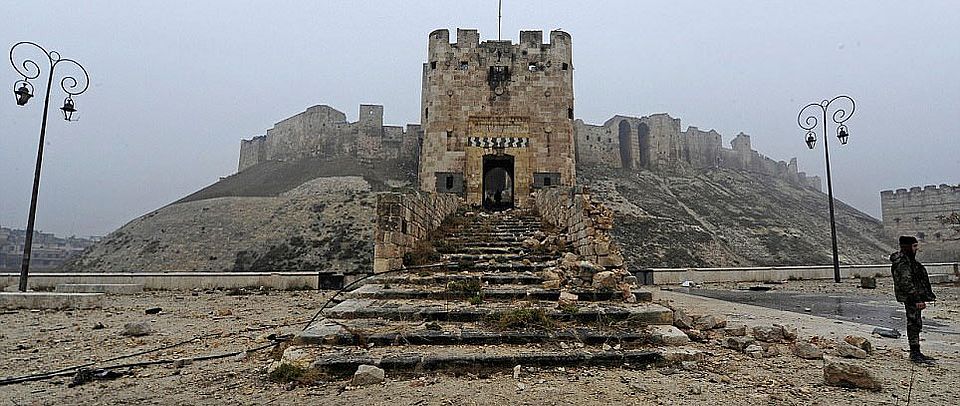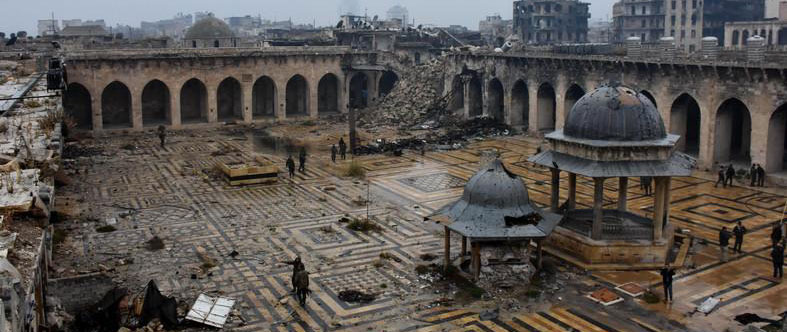Gathering and structuring of information concerning the archaeological cultural heritage in Aleppo and the surrounding area (Syria)
The project is funded by the Gerda Henkel Foundation (Düsseldorf) in the program "Patrimonies"
Project leaders:
Prof. Kay Kohlmeyer
Prof. Mamoun Fensa
In cooperation with Friends of the Old City of Aleppo, University of Applied Sciences-Berlin, Karl-Eberhard University-Tubingen, and University of Basel, IPNA (Mustafa Al Najjar)
The aim of the project is to supply the Antiquities Service in Aleppo with professional support for documenting the archaeological relics before and during soil disturbance measures, and during construction projects of any kind, also for recovering or in-situ conservation of the relics in the case of relevant structures. The collection of data helps to evaluate the archaeological findings, and aids in determining the appropriate methods for documenting or conserving the archaeological findings, and implementing them.
There is no systematic database for the archaeological heritage in the city of Aleppo and its surroundings at the Antiquities Service in Aleppo. For this reason, the Antiquities Service will only be able to respond to the forthcoming rehabilitation and infrastructural measures instead of co-decide about them. Next, to the loss of archaeological material, the role of the Antiquities Service will be perceived as development-inhibiting and incalculable by urban planners, and its potential influence will be strictly limited.
The project consists of three components whose results will be put at the Antiquities Service's disposal immediately after the conclusion:
- Old City of Aleppo (archaeological cadaster of Old City):
One focus of the project is on the area of the old city, which is massively destroyed, and in which first rehabilitation measures are taken. All available data has to be mapped and completed. Information on geology has to be gathered in order to create a stratigraphy. - Surrounding Area of Aleppo: a data collection will be adjusted to the requirements of the Aleppo staff, and translated into Arabic, supplemented by satellite images and images that were taken before 2010.
- Training of the staff of the Antiquities Service in Aleppo and of Syrian archaeologists and conservators that are presently in Germany and neighboring countries.
Information regarding the archaeological relicts will be available via App on the mobile phone with restricted access for the staff of the Antiquities Service, respectively for the digital archive in Damascus, because they need to take action without delay. Hazard potential will be defined according to recent satellite images.




